Patronage Reimagined: Harberger Crypto-Collectibles
Sunday, 30 June 2019 · 10 min read · cryptoeconomics ethereum patronage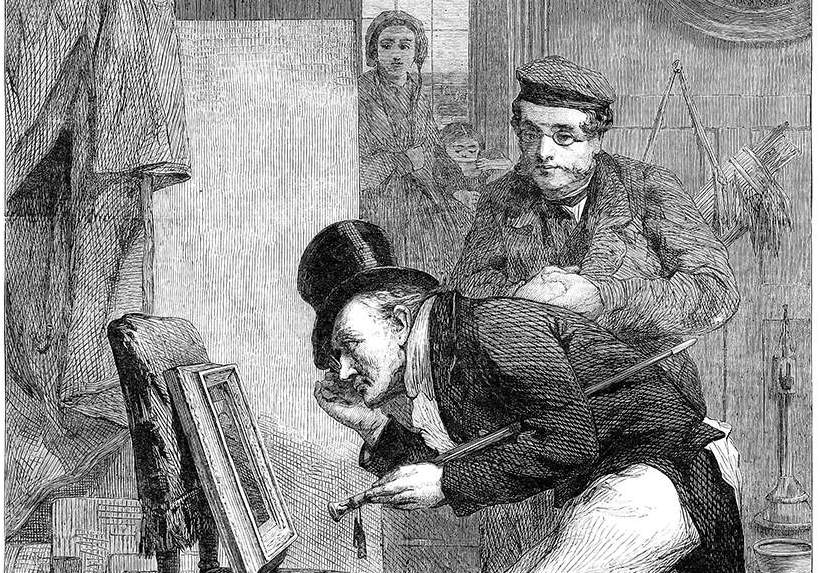
I won the Singapore National Blockchain Challenge. Read on to learn more about my winning project around decentralized crowdfunding.
Platforms such as Patreon has high fees and can deplatform you at any time. Instead of having to go through a centralized platform, what if Creators can utilize smart contracts and decentralized protocols to crowdfund in an intermediary-free way?
Enter Patronage Collectibles.
You can check out our post-hackathon interview here.
📬 Get updates straight to your inbox.
Subscribe to my newsletter so you don't miss new content.
Background
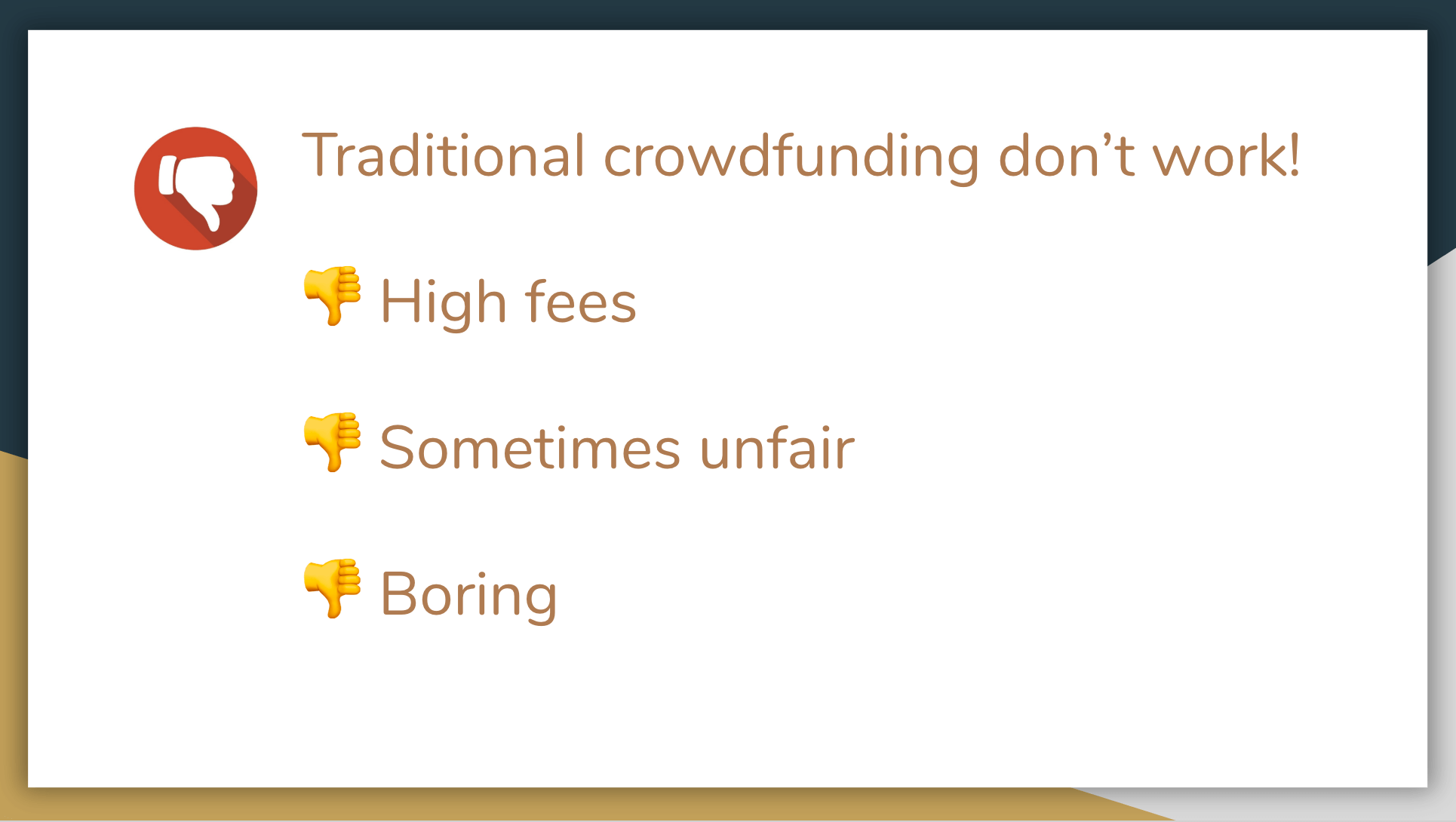
The thesis of our project is: crowdfunding today doesn’t work. It has high fees, unfair curation, and most importantly: it’s BORING. As a Patron, when you support a Creator you often only get a cold and impersonal thank you message. It’s not something that gives you a personalized stake or a real feeling of ownership in someone’s creative endeavours.
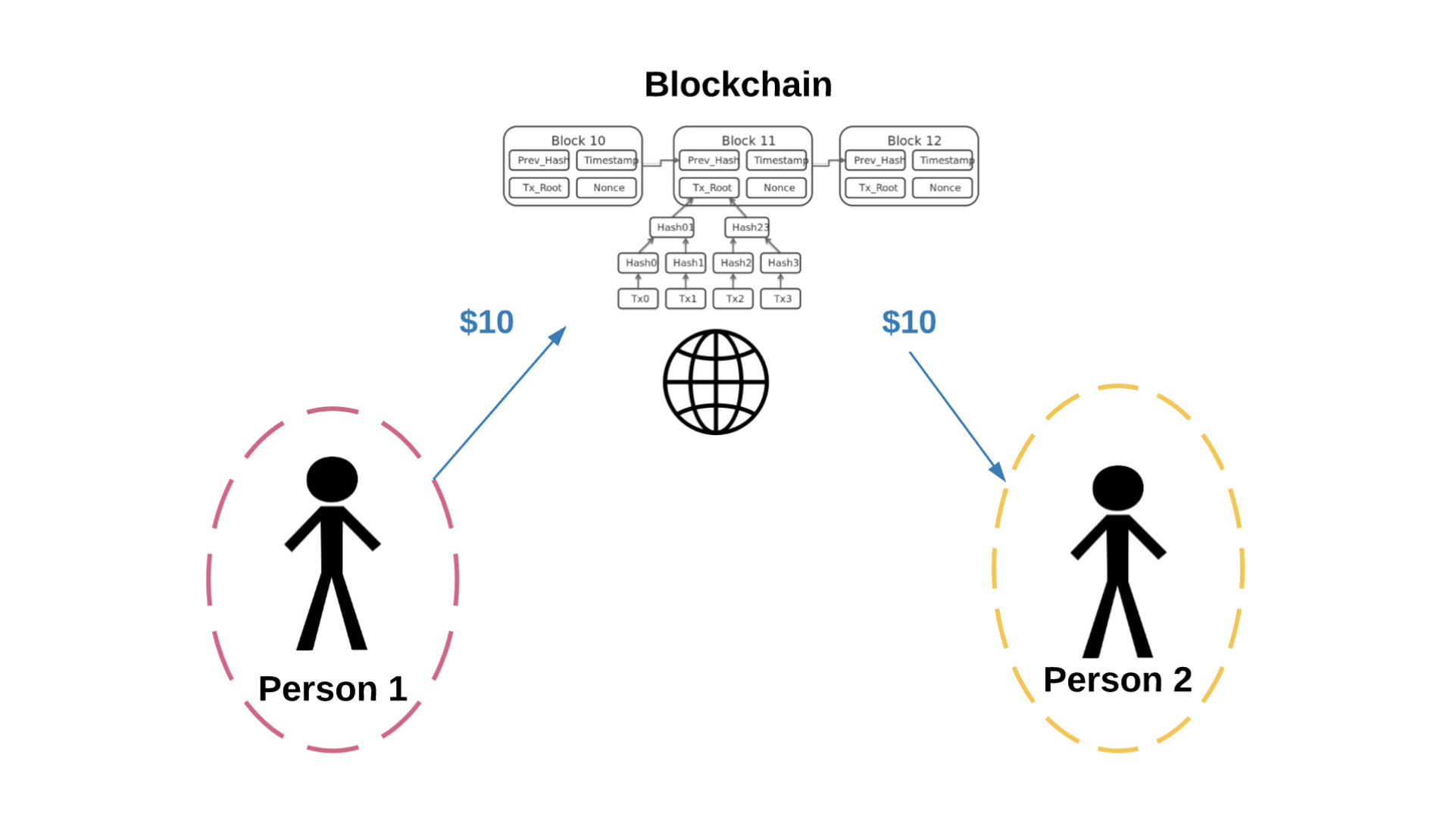
Crowdfunding doesn’t have to be this way! We can use smart contracts to crowdfund in a decentralized manner. It would lower fees, be open to everyone, and we can also make it more fun through Crypto-Collectibless.
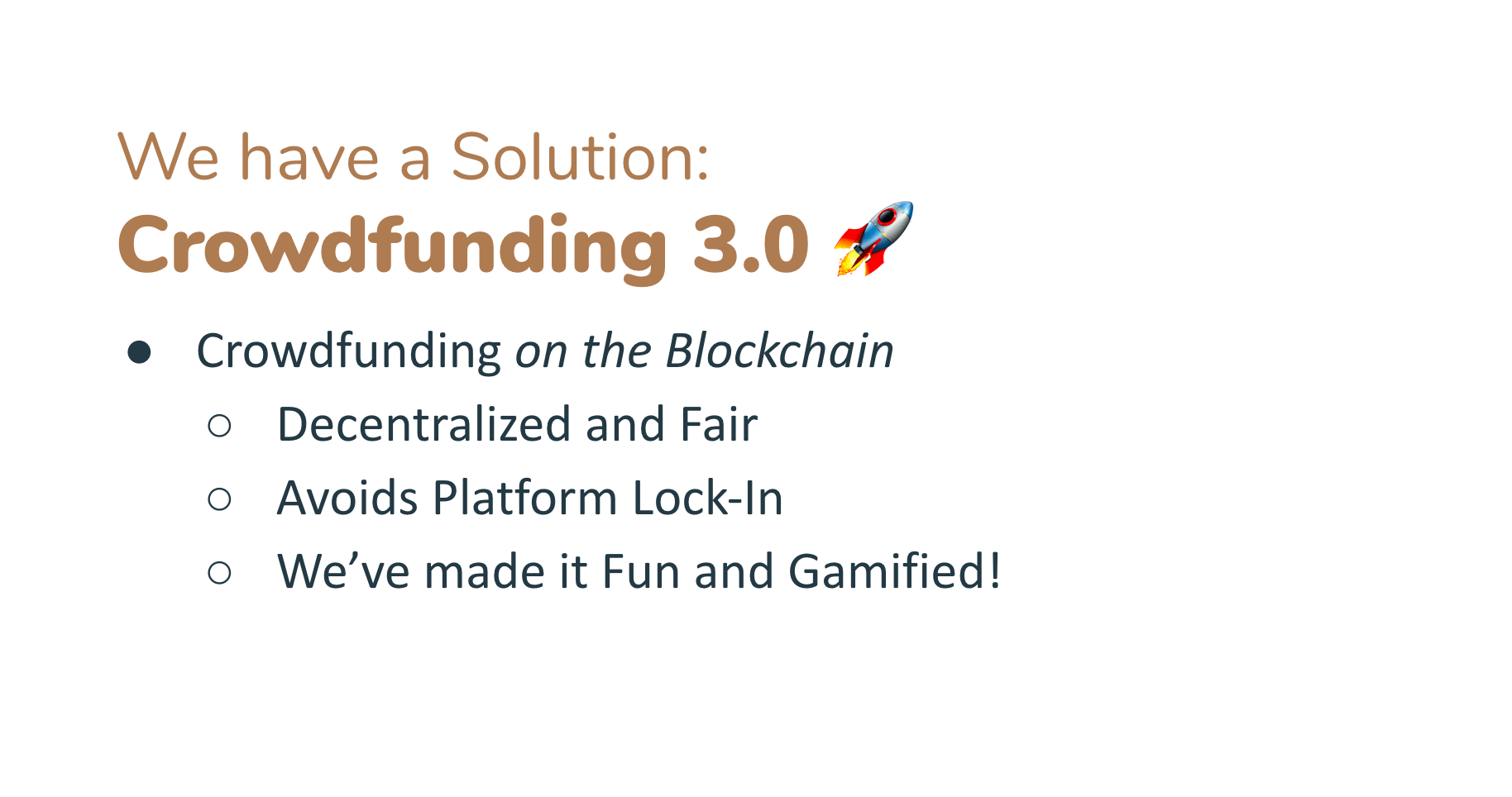
History of Collectibles
The human instinct to collect runds deep in our evolutionary history. Practically all human cultures, even those that do not engage in substantial trade or that use more modern forms of money, make and enjoy ornamental jewelry. Historically, these physical collectibles had to be time-consuming to create (a human proof-of-work) or it would’ve been easy for forgers to create fakes.
Non-Fungible Tokens (NFTs) are the next step towards bringing scarcity to the digital realm. NFTs are digital collectibles. They are unique cryptographic tokens which are not interchangeable, in contrast to currencies such as Bitcoin which are identical and fungible in nature. Cryptography and computational proof-of work ensures that each NFT is real and verifiable. CryptoKitties were among the first NFTs.
Through NFTs, the blockchain offers us a new model for digital ownership. Digital assets can be registered as a ‘token’ and tracked on a secure, immutable public ledger. You can preserve scarcity and verify the chain of provenance for each token. Even as the asset gets passed through multiple hands, its data remains immutable and intact. Each transaction is also publicly viewable on the blockchain, creating an audit trail of the collectible’s history.
Patronage Collectibles
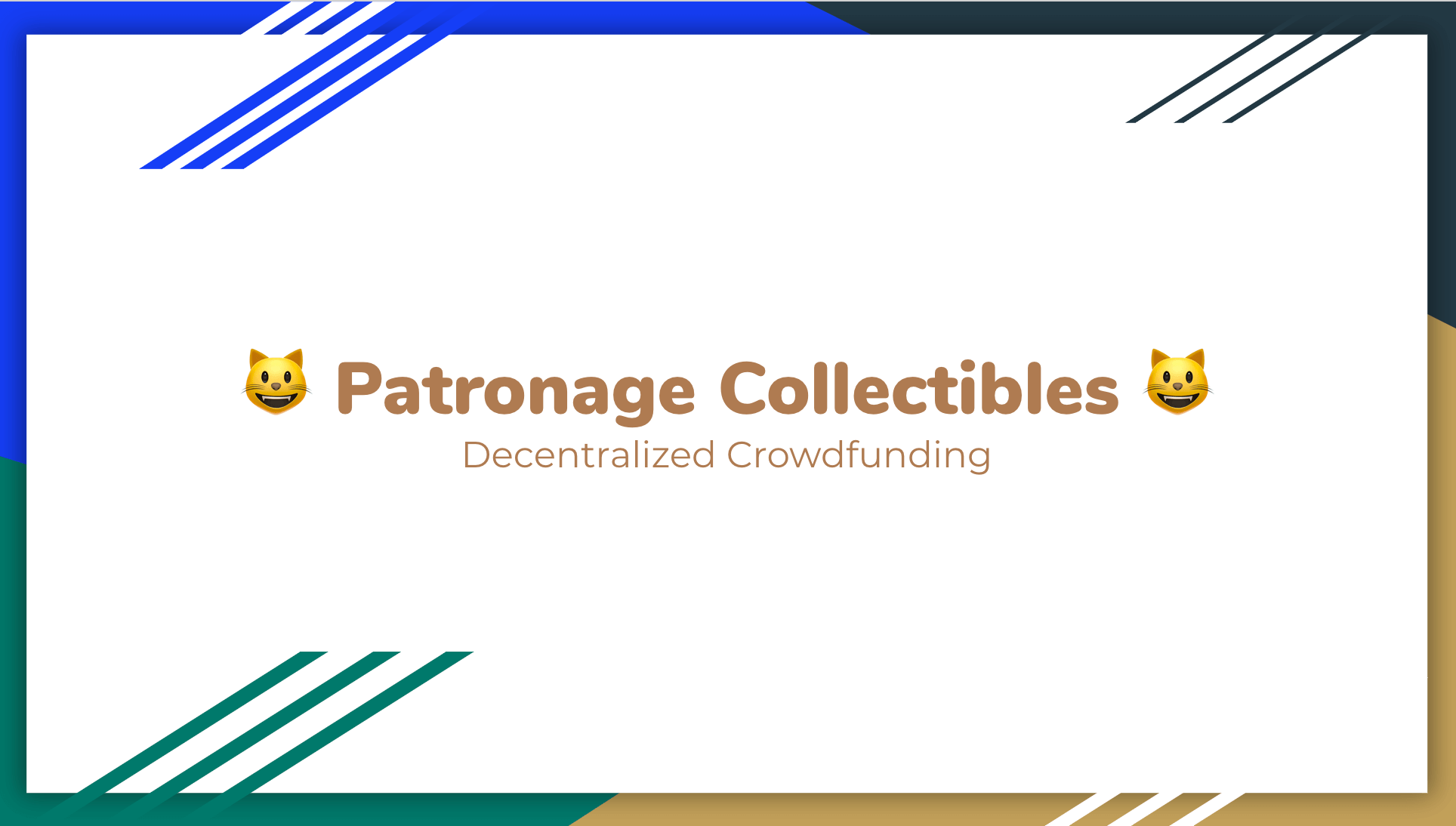
With Patronage Collectibles, Creators can create and sell unique ERC721 Crypto-Collectibles to fund their work. When you support a Creator, you receive a unique collectible on the blockchain. This ‘badge’ gives you a sense of ownership in your relationship with the Creator. Collectibles can belong to different tiers and be used to unlock exclusive Patron-only content.
The catch is, the owner of a Patronage Collectible have to pay a recurring pledge to the Creator in order to continue their ownership. Failure to keep up with pledges will result in your Collectible taken away from you. Pledges gives Creators a recurring source of funding to continue their creative work.
Walkthrough
To make it more concrete, let’s walk through an example user journey.
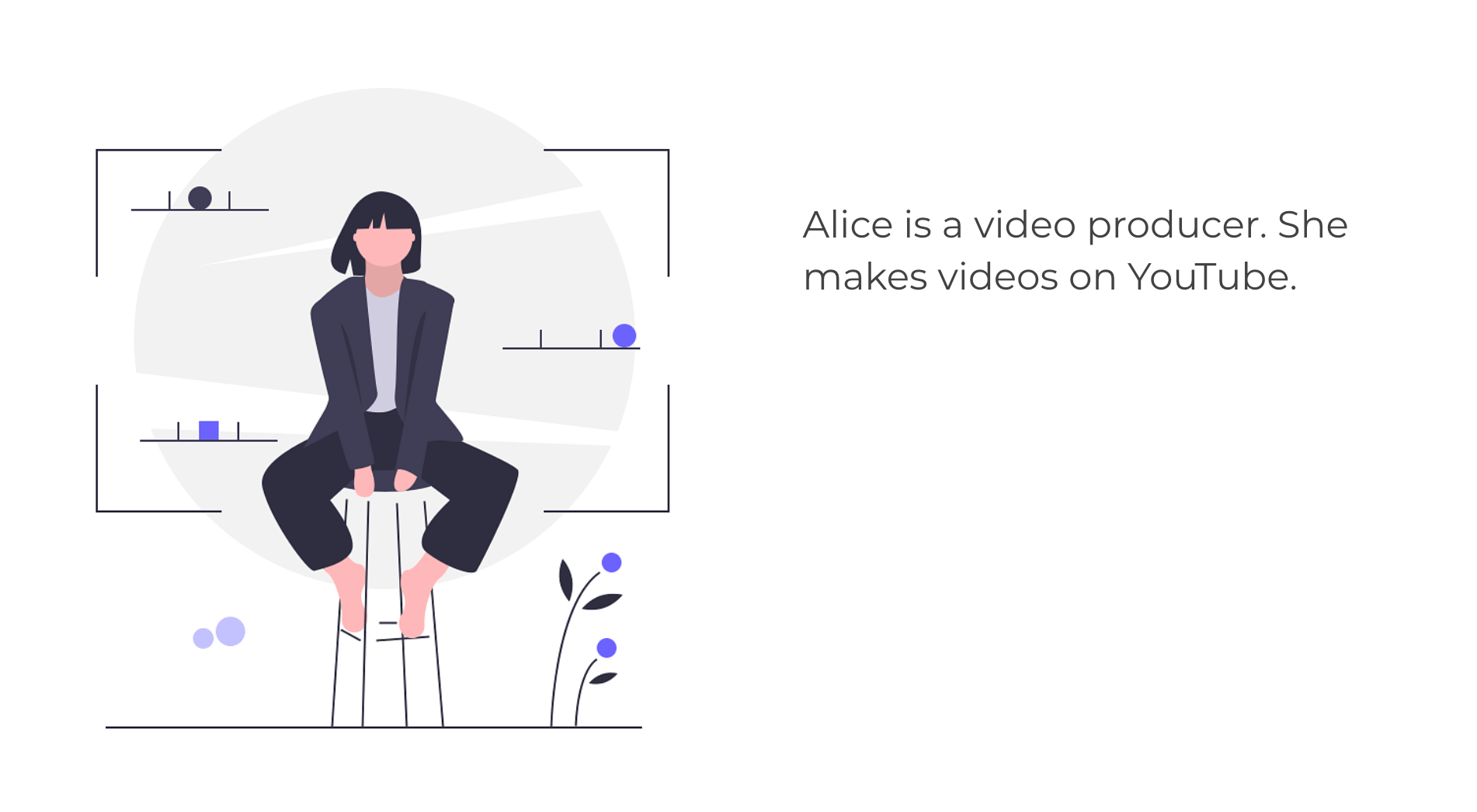
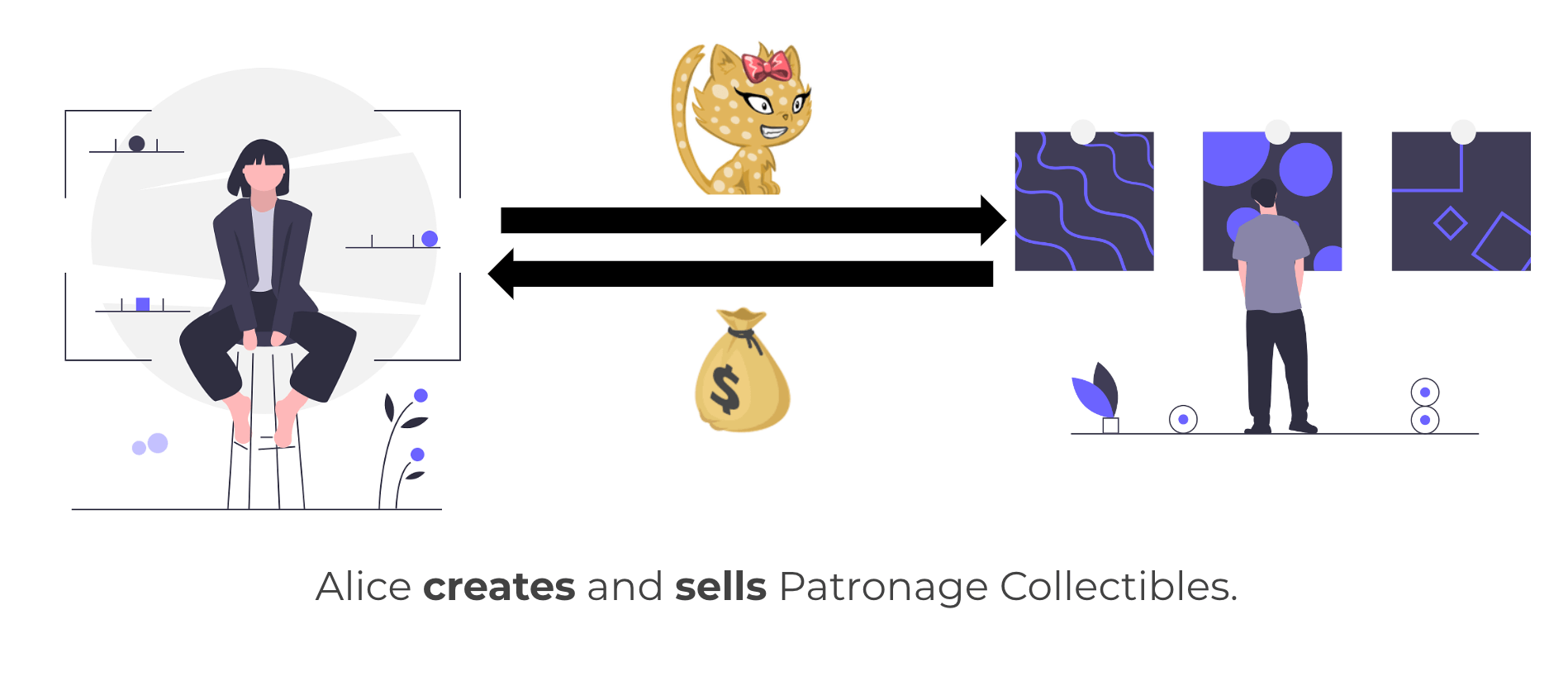
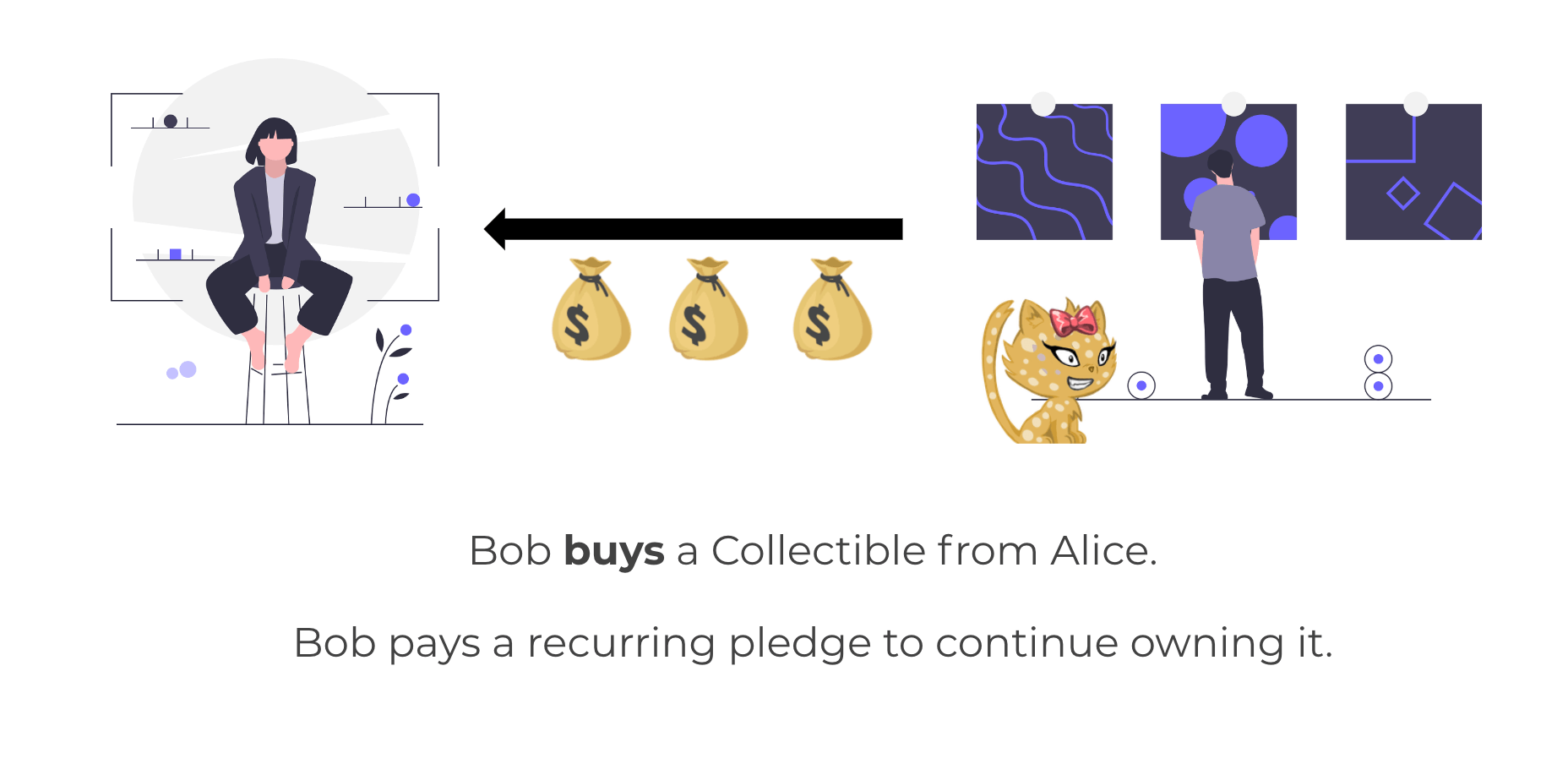
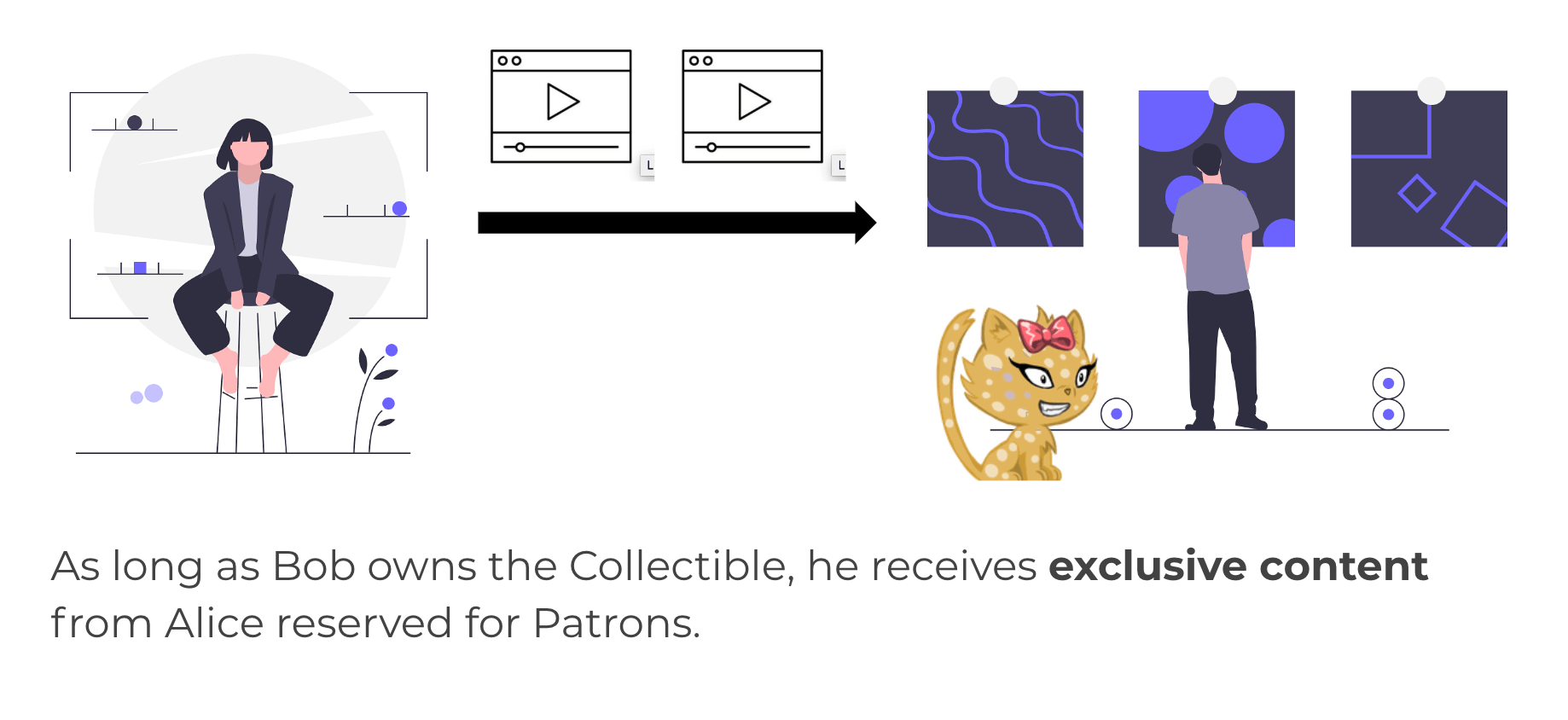
Your Patronage Collectibles can behave like utility keys and used to unlock exclusive Patron-only content such as a private link.
Harberger Taxes
How much Patrons have to pay to continue ownership are calculated using the Harberger Tax mechanism.
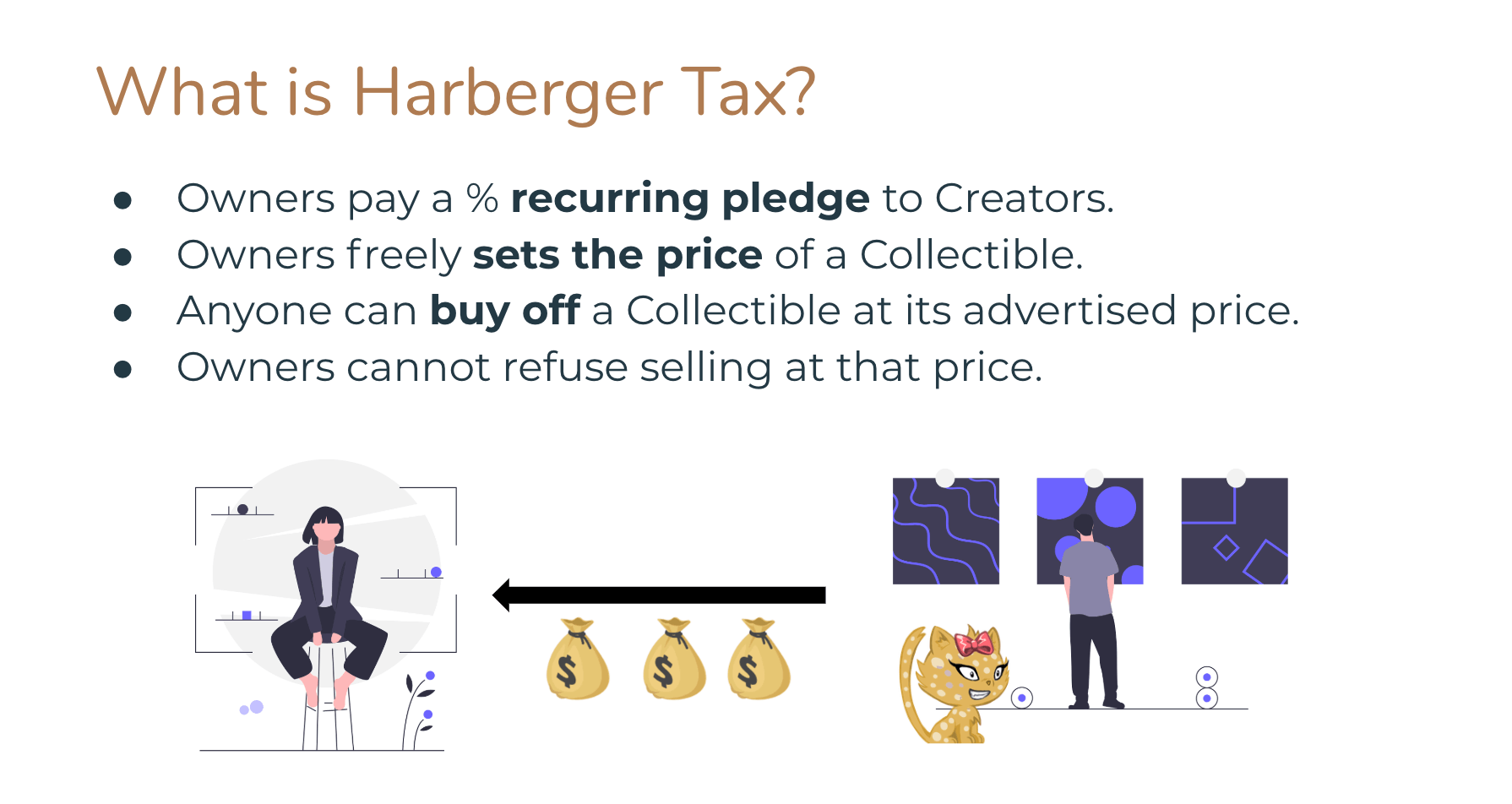
Harberger Taxes is an economic policy that recently gained popularity due to the book, Radical Markets. We used this taxation system to give Creators of Patronage Collectibles a recurring income stream from their Patrons. You can think of Harberger Taxes as a variation of the ‘pay-what-you-want’ model. Harberger Taxes works as follows:
- Owners of a Collectible freely sets the price of that Collectible.
- Owners pay a % recurring pledge of the price to Creators.
- Anyone can buy off a Collectible at its advertised price. Owners cannot refuse selling at that price.
This system incentivises Owners to set a low price to minimize the amount taxes they have to pay. On the other hand, Owners are also incentivised to set a price high enough to discourage others from buying it away too readily. What ends up happening is you have to price a Collectible at the value you are willing to pay to keep it.
For our hackathon project, we decided on a rate of 1% per hour, but this value can be freely customized by the Creators of each Collectible.
In Closing
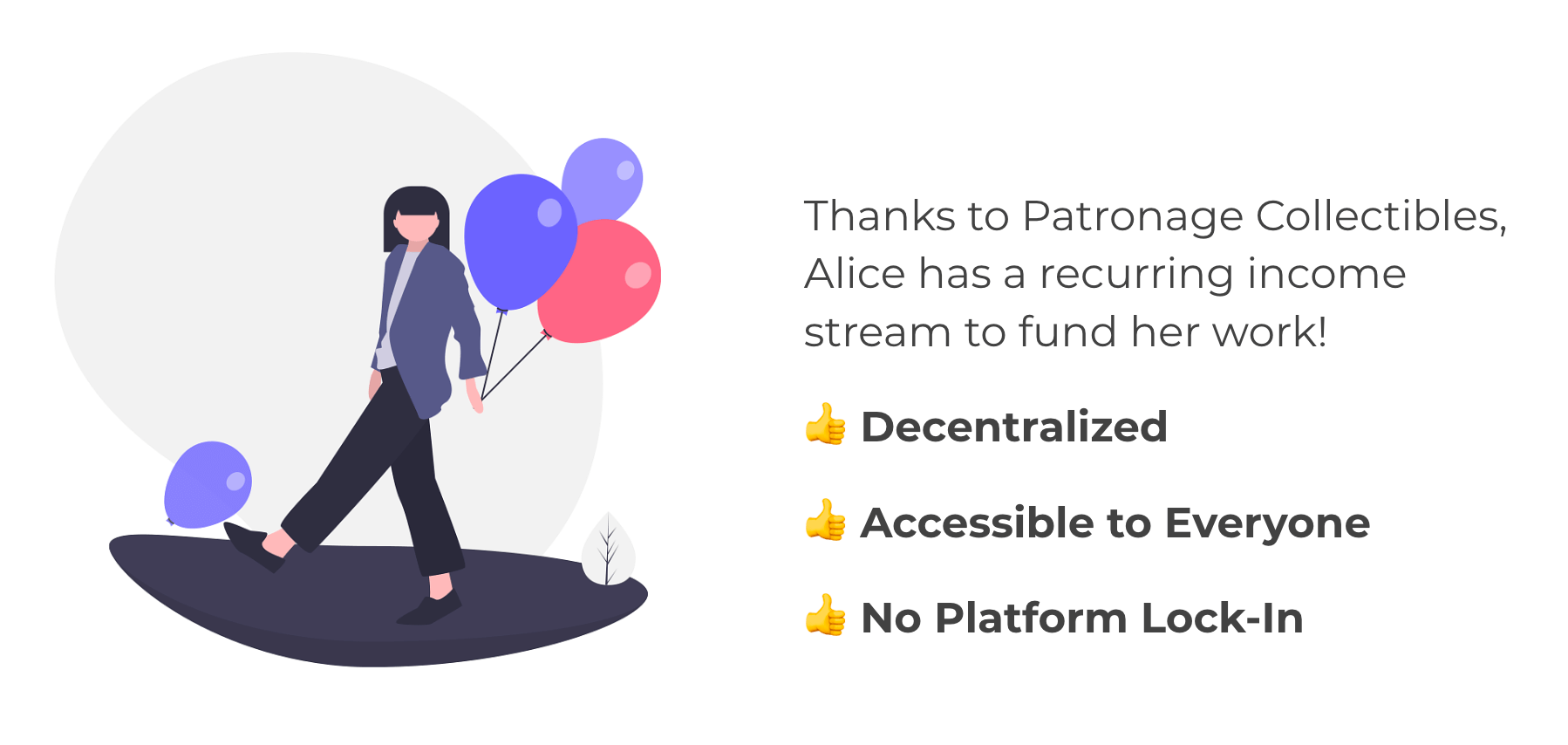
The DApp and smart contracts are open source - you can check it out on Github here.
📬 Get updates straight to your inbox.
Subscribe to my newsletter so you don't miss new content.